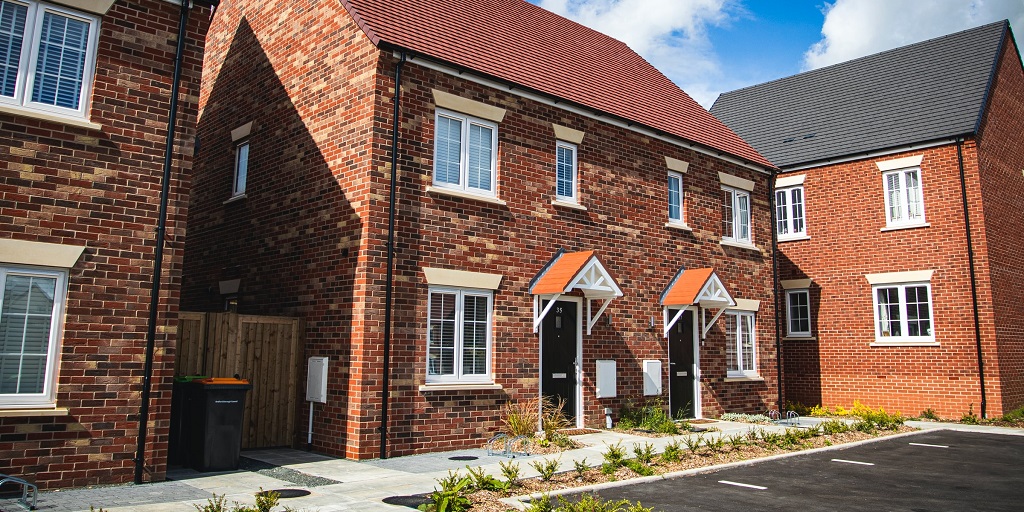This information should not be interpreted as financial, tax or legal advice. Mortgage and loan rates are subject to change.

Categories: prs | property market
Analysis done by specialist lender Octane Capital, reveals a notable increase in the average yield of buy to let properties, rising from 4.9 per cent to 5.8 per cent in the last two years.
Landlords have seen rental income increase by 19 per cent over this period. But, operating costs have also risen by 18 per cent, driven primarily by increasing buy to let mortgage rates.
Nonetheless, given the how turbulent the rental sector has been, CEO of Octane Capital, Jonathan Samuels, points out this outcome is a great deal milder than might have been expected:
The average landlord has benefited from a very healthy level of rental income growth in recent years and so while the level of capital appreciation seen on their property may have cooled, both aspects of their investment are still bringing healthy returns despite the instability of the current market landscape.
Of course, higher running costs, most notably as a result of higher mortgage rates, have dampened the overall net return they’ve seen. But it’s fair to say that this reduction in net profits has been fairly marginal considering the current economic landscape and the storm of property market uncertainty that we’ve weathered in recent months.
There are still a great deal of opportunities available that will allow buy-to-let investors to reduce their borrowing costs in the current market and utilising a specialist lender is the best way to secure these.
Trends in UK rents
Government figures from the Office for National Statistics (ONS) reveal a sharp increase in private rents across the UK.
Average rents rose by 9.2% in the year to March 2024, marking the largest increase since 2015. This trend is evident across England, Wales, Scotland, and Northern Ireland, reflecting a persistent imbalance between supply and demand in the rental market.
Richard Rowntree, managing director of mortgages at leading specialist lender Paragon Bank, reflected on the ongoing shortfall in rental homes:
The increase in private rental inflation is driven by the supply and demand imbalance seen in many parts of the UK. Even though tenant demand has come off the record highs seen last summer, there are still many more tenants than there are properties.
With expected strong population growth and household formation in the coming years, the stock of rental homes must be increased to keep pace.
While the buy to let market offers promising returns amidst rising rental prices, monitoring mortgage rates keenly and preparing for purchases and renewals in advance is far more important for investors than it has ever been.
As policymakers work to address housing affordability concerns and supply-demand imbalances in the rental market, collaboration will be essential to ensure a sustainable housing landscape for both landlords and tenants.


